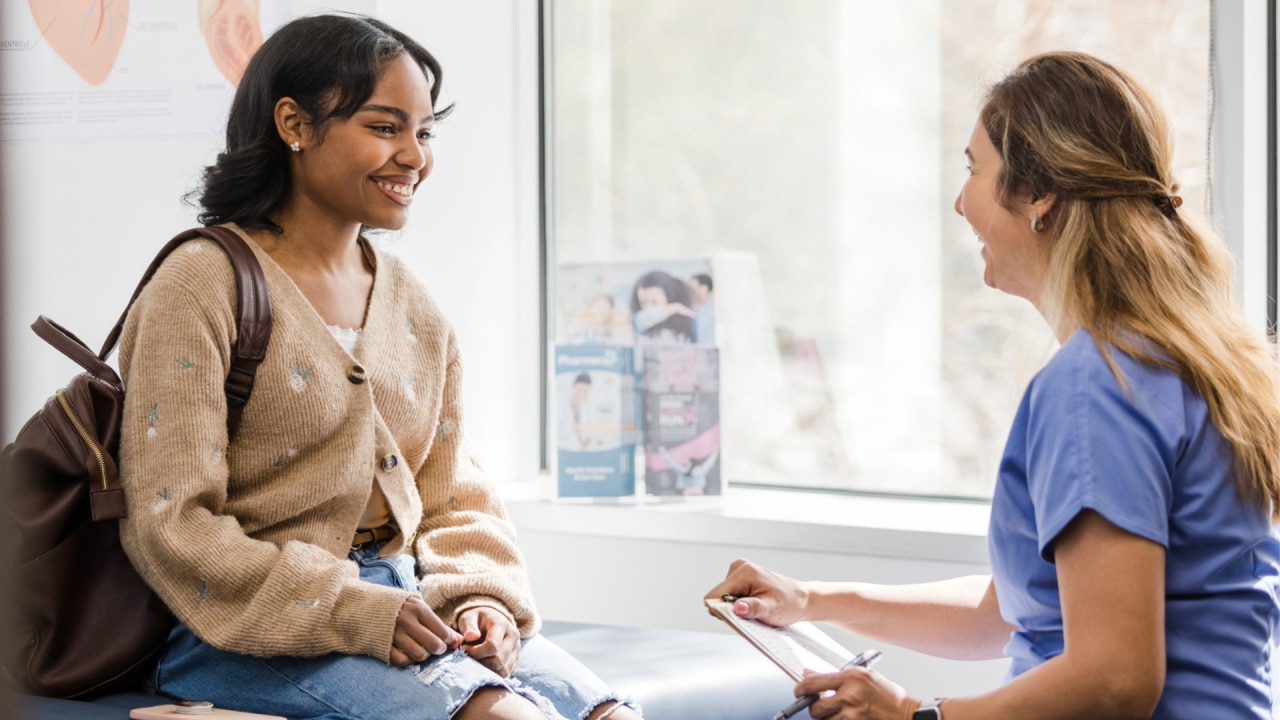
If you dread your pap smear appointments, HPV self-collection testing kits could be a game-changer. Little do many Australians know, they’re available to all sexually active people with a cervix, over the age of 25.
When it comes to our health, it’s widely believed that prevention is better than cure.
Taking the steps to stay well, and screen for issues before they arise, is always preferable to falling ill and then having to undergo treatment.
When it comes to women’s health, one of the best modes of preventative health and screening are pap smears, which involves swabbing the cervix to test for presence of human papillomavirus virus (HPV) or other health conditions and diseases.
The only problem? They’re not exactly a pleasant experience, which doesn’t always incentivise women to stay on top of their screenings.
But now, thanks to new technological developments, the trusty but uncomfortable era of in-clinic pap smears may be coming to an end.
Like what you see? Sign up to our bodyandsoul.com.au newsletter for more stories like this.
In July 2022 the Australian federal government expanded the eligibility criteria for a new form of cervical screening tests, which involve the woman self-collecting.
The self-test still involves swabbing the cervix, but rather than relying on a metal speculum to open the vagina for a doctor to access, the woman can insert the swab herself, which resembles the long and thin applicator used in a Covid PCR test.
Once inserted, the swab is rotated for 20 to 30 seconds, to ensure the area is properly swabbed, before being removed and screwed into the test tube-shaped packaging.
The tests are given to women during their health check-ups but can be taken to a bathroom or private room away from the doctor, so they can swab themselves in privacy.
According to the Department of Health and Aged Care, “Evidence shows a Cervical Screening Test using a self-collected sample from your vagina is just as accurate at detecting HPV as a clinician-collected sample taken from the cervix during a speculum examination.”
There’s no doubt that pap smears are an incredibly effective mode of screening for health conditions, including HPV and cervical cancer. But due to the highly involved process of testing, many women avoid or delay these often life-saving screenings.
For those with vagina conditions like endometriosis or vaginismus, undergoing testing is reliably painful, while others who may have has experiences with sexual violence or abuse, the process is downright traumatic.
Many women, who may fit into neither of the above categories, still go out of their way to avoid pap smears, thanks to a mixture of word-of-mouth forewarning, or a one-off negative experience that’s caused them to shirk the appointments.
Between 2018 and 2020, data from the Australian Institute of Health and Welfare (AIHW) showed a cervical screening rate of 68 per cent for eligible women – those who are sexually active over the age of 25.
However, since the increased accessibility to the self-tests 18 months ago, the Sydney Morning Herald reports a 25-fold increase in women doing their own tests.
“I see this as a real gift to women’s health,” Dr Lara Roeske, a Melbourne-based GP told the Herald.
The current form of pap smears (known as cervical screening tests) are only required once every five years – much less frequent than the traditional smears which were needed every two.
While they’re not testing as often, the new HPV tests can identify changes to the cervix, including abnormal cell development, much earlier. But they do need to be carried out, to ensure they’re picking up those changes – and with the speculum still required to get the swabs, women are delaying or skipping the tests.
Per the Department of Health, about 800 women are diagnosed with cervical cancer in Australia each year, and about 70 per cent of these cases occur in women who have never screened or were not up-to-date with their screening.
“Cervical cancer progresses locally by expanding as a tumour,” obstetrician and gynaecologist Dr Jeff Andrews told Forbes. “It goes on to involve the bladder [and] the bowels and it gets into nerves. It’s a difficult cancer to manage once it’s become metastatic. It’s painful too.”
Thus, staying on top of testing is key.
If the uptake in testing continues as it has since the eligibility expansion, we could be onto a winner with self-collection, says experts.
At this stage, many people aren’t aware that they are eligible for the self-screening method, which now encompasses all people who are eligible for the regular cervical screening tests.
The eligibility requirements for self-collection include people who:
- Are aged between 25 and 74
- Have had any type of sexual contact
- Are a woman / person with a cervix
- Are due or overdue for routine cervical screening
Appointments can be booked through your regular doctor or healthcare provider.
For more information about the process, visit health.gov.au